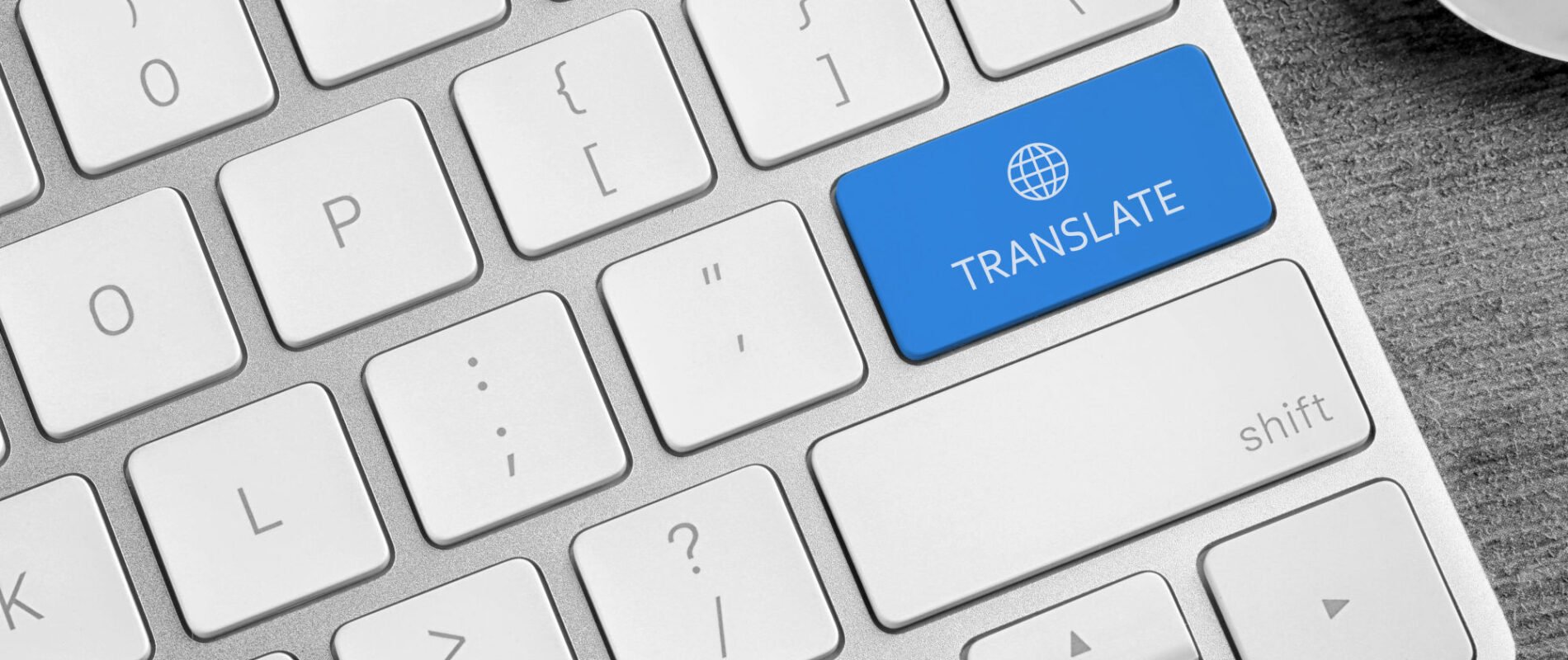In today’s interconnected world, emojis have become a universal shorthand, adding emotional depth to digital communication across language barriers. The smiley face emoji (😊), with its cheerful yellow circle, dot-like eyes, and upturned mouth, is among the most iconic, often used to express happiness, friendliness, or agreement. Yet, its meaning isn’t as universal as its appearance suggests. In Western countries like the United States, it conveys straightforward positivity, while in Japan, it might mask discomfort or maintain politeness. These cultural variations can spark misunderstandings, particularly in global business, social media, or personal exchanges. This article explores how the smiley face emoji is interpreted across different cultures, delves into the factors driving these differences, and offers practical strategies to navigate cross-cultural communication effectively.
The smiley face emoji traces its roots to late 1990s Japan, where designer Shigetaka Kurita created it for mobile devices to enhance text-based communication. Now, with over 3,000 emojis available on platforms like Apple, Android, and WeChat, the smiley face remains a global favorite. Its simplicity belies its complexity, as cultural norms, social practices, and historical contexts shape its interpretation. Research from institutions like the University of Pennsylvania highlights both shared and divergent emoji usage patterns between Eastern and Western cultures. While the smiley face is broadly linked to positive emotions, its specific connotations and frequency of use reflect deeper cultural values, making it a fascinating lens for studying cross-cultural communication.
In the United States and Western Europe, the smiley face is a direct symbol of joy or approval. It’s a staple in casual texts, social media posts, and even professional emails, where it softens tone or signals agreement. For instance, an American might end a message with 😊 to say, “Looks good!” or “I’m happy with this.” In contrast, Japan uses the smiley face with greater nuance. Japanese culture values social harmony and conflict avoidance, so the emoji may appear in situations where the sender isn’t truly happy, such as to politely acknowledge a request or diffuse awkwardness. In formal exchanges, a Japanese user might include 😊 to maintain decorum rather than express genuine delight. In China, the smiley face typically conveys happiness but can also serve as a polite gesture in uncomfortable situations, reflecting a cultural tendency to prioritize face-saving. Notably, some emojis have entirely different meanings in China; for example, the angel emoji (👼), a symbol of innocence in the West, may evoke associations with death in Chinese culture. In the Middle East, the smiley face is generally positive but used sparingly in formal or religious contexts, where it might seem inappropriate or overly casual, as in Saudi Arabia’s conservative communication norms.
These differences arise from how cultures express emotions. A study from the University of Nottingham reveals that Eastern cultures, like those in Japan and China, focus on the eyes when reading facial expressions, while Western cultures, such as in the U.S. and Europe, emphasize the mouth’s shape. This influences how the smiley face is perceived—Japanese users may scrutinize the eyes’ design, while Americans focus on the smile’s curve. Language structures also play a role; in Chinese, the smiley face often softens potentially harsh tones, whereas in English, it reinforces explicit positivity. Platform-specific renderings further complicate matters. Apple’s smiley face, with its subtle design, may feel gentler, while WeChat’s bolder version can seem more intense, subtly altering its emotional weight across cultures.
The cross-cultural variability of the smiley face poses challenges for global communication. An American employee using 😊 in an email to a Japanese colleague might come across as overly informal or insincere, misaligning with the recipient’s expectations of professionalism. Similarly, a marketing campaign in the Middle East featuring smiley faces could be perceived as unprofessional, undermining brand credibility. Such missteps can strain relationships or harm business outcomes in international markets. To address these risks, businesses and individuals can adopt several strategies. First, researching the cultural norms of the target audience is essential—understanding, for example, that Japanese users may use smiley faces to mask discomfort can prevent misinterpretations. Second, opting for neutral emojis, such as the star (🌟) or thumbs-up (👍), reduces the likelihood of cultural missteps, as these symbols carry less emotional ambiguity. Third, in formal or professional settings, limiting emoji use or pairing them with clear text explanations ensures clarity. Finally, cultural training for teams can foster awareness of regional emoji interpretation habits, enhancing cross-cultural competence.
The smiley face emoji, though deceptively simple, carries meanings as diverse as the cultures that use it. From the direct joy it expresses in Western contexts to the polite nuance it conveys in Japan and China, its interpretation is a microcosm of cultural diversity. By recognizing these differences and employing thoughtful communication strategies, individuals and businesses can navigate the complexities of global digital interactions with greater clarity and respect. In an era where a single emoji can bridge or break connections, cultural sensitivity is not just a courtesy—it’s a necessity for meaningful engagement across borders.
We love languages and the stories they tell. At Artlangs Translation, we bring that passion to every project, ensuring your message is heard loud and clear, no matter where it’s going.











